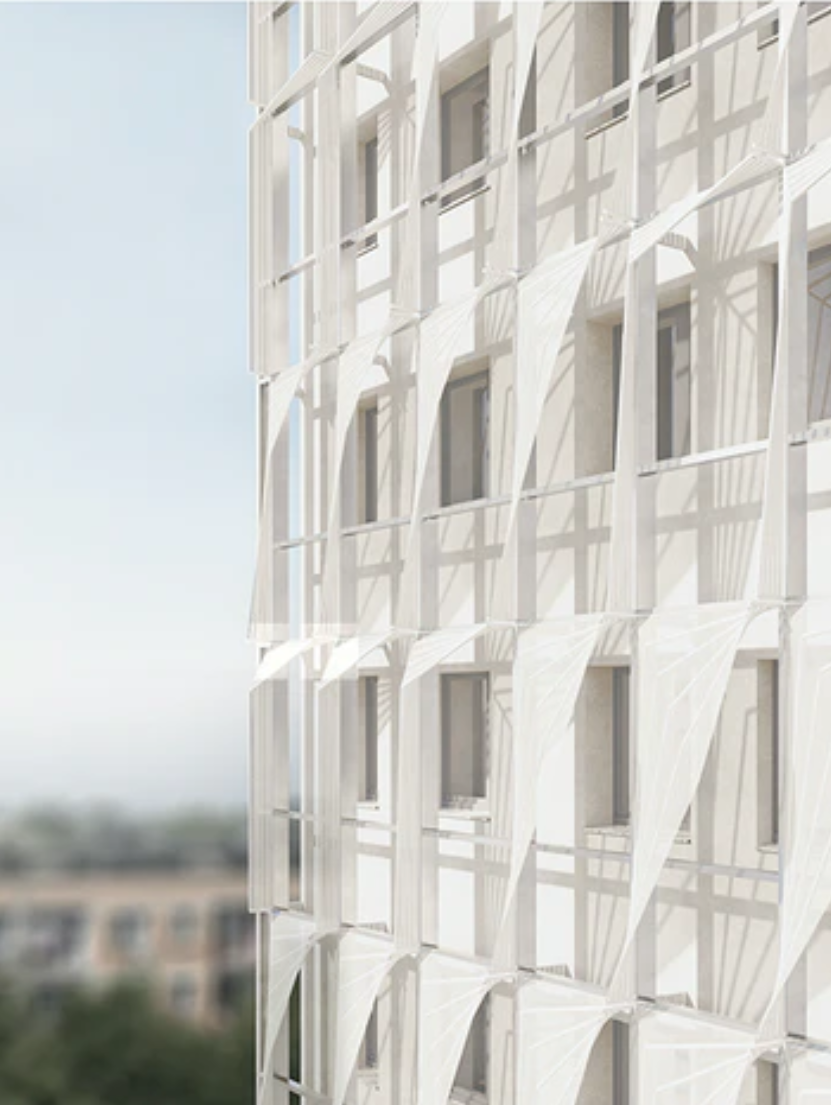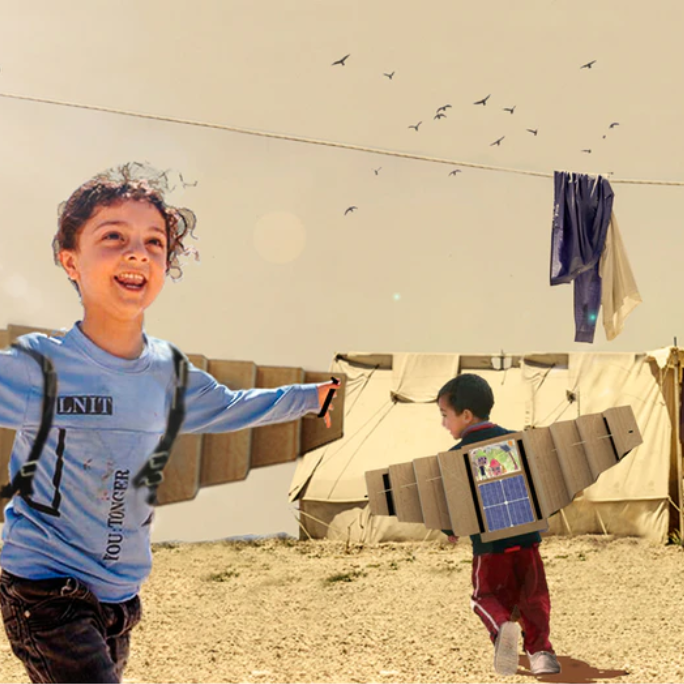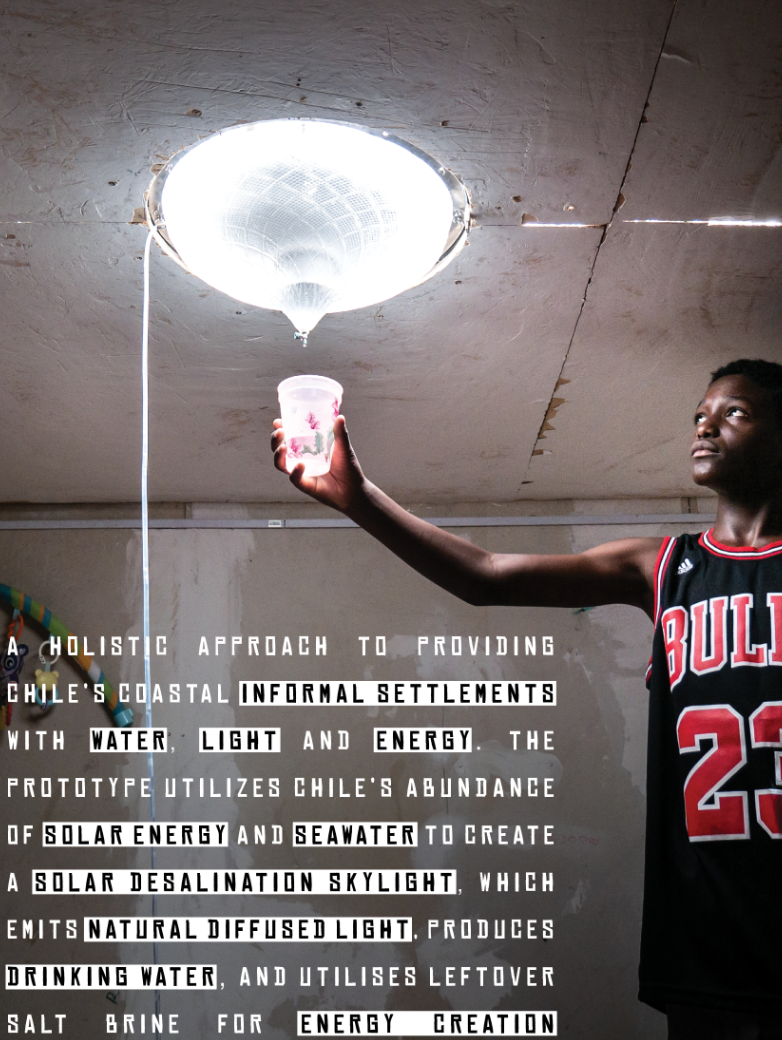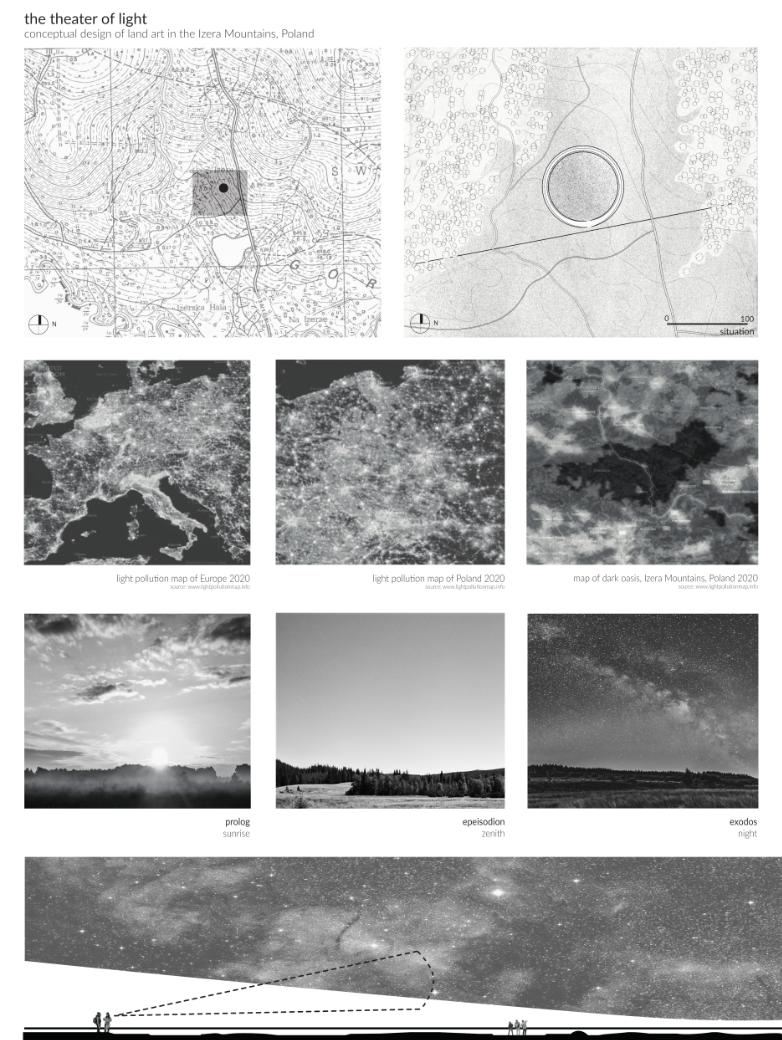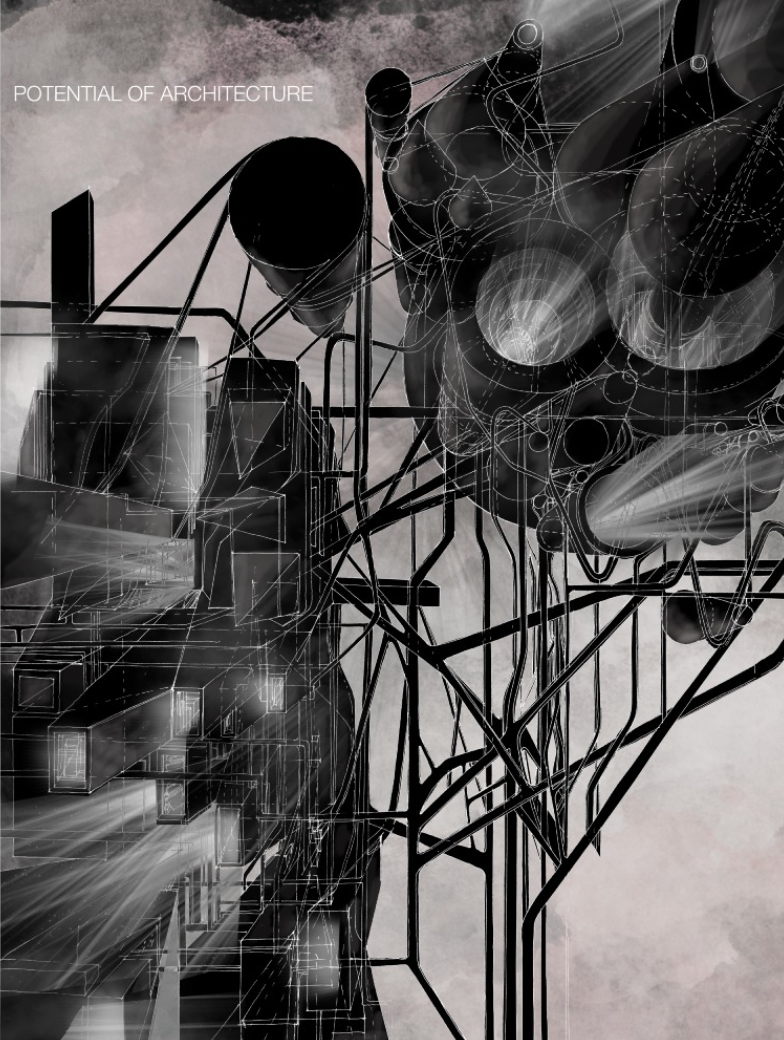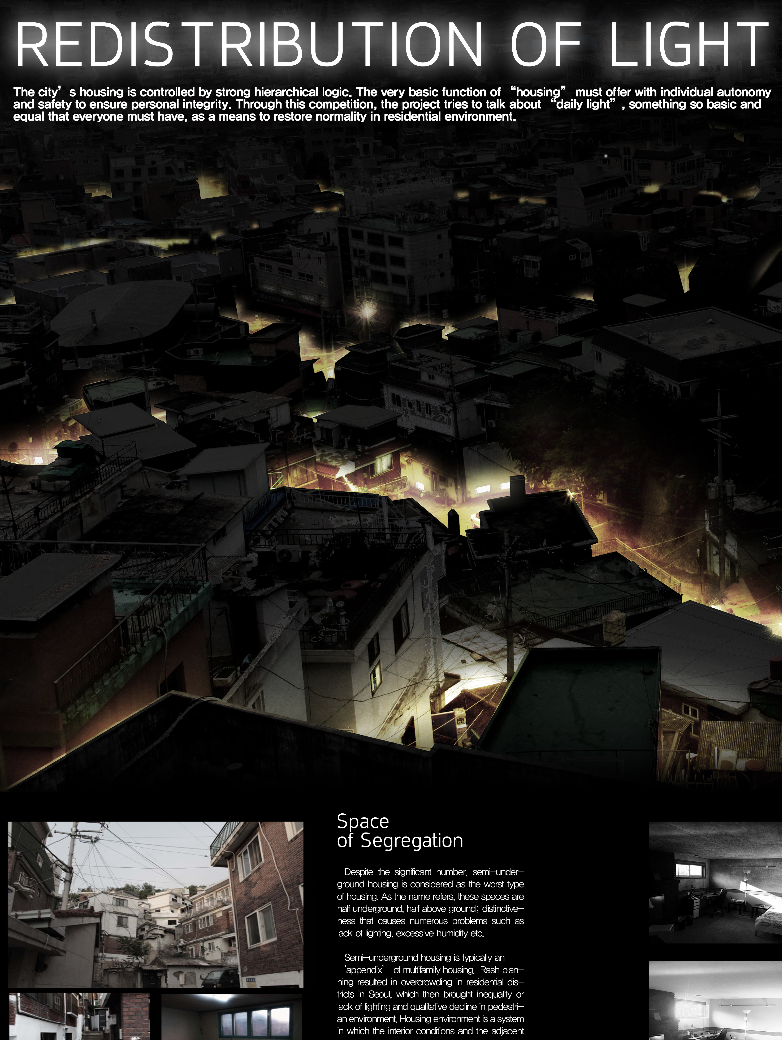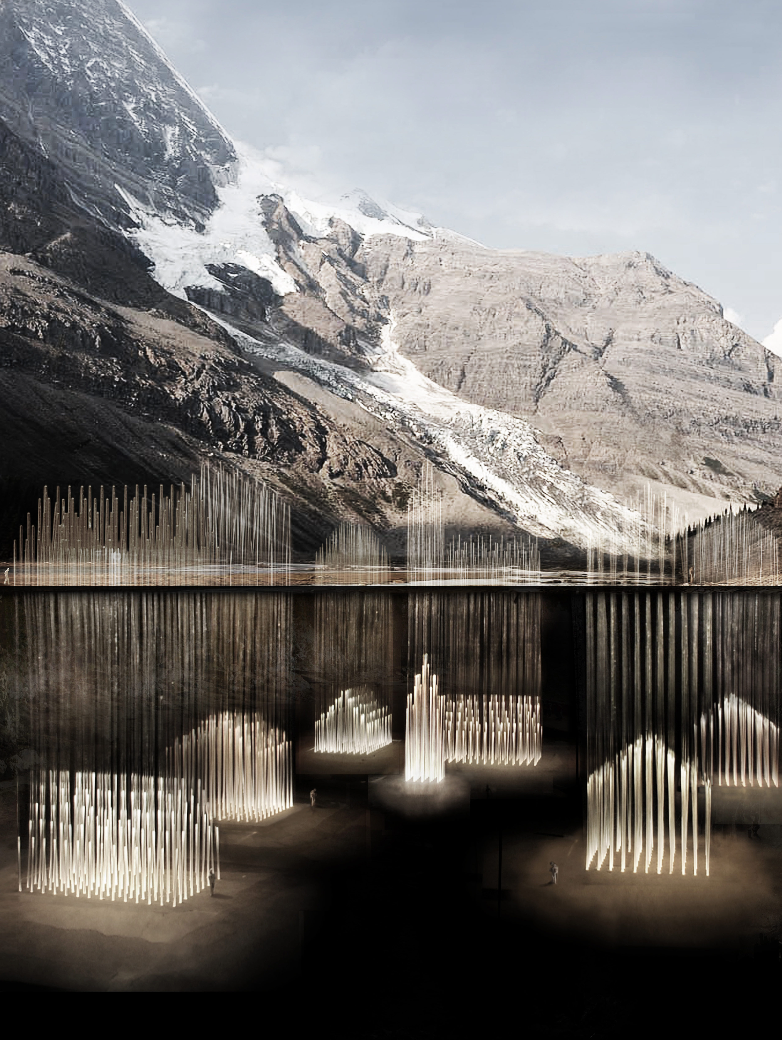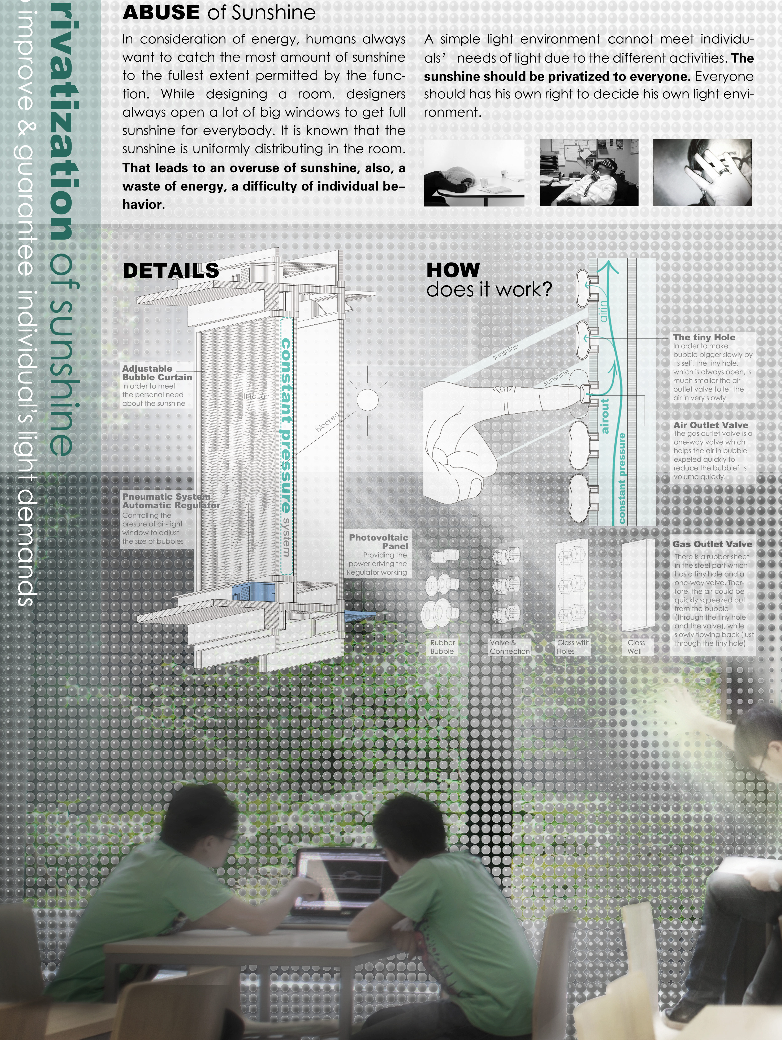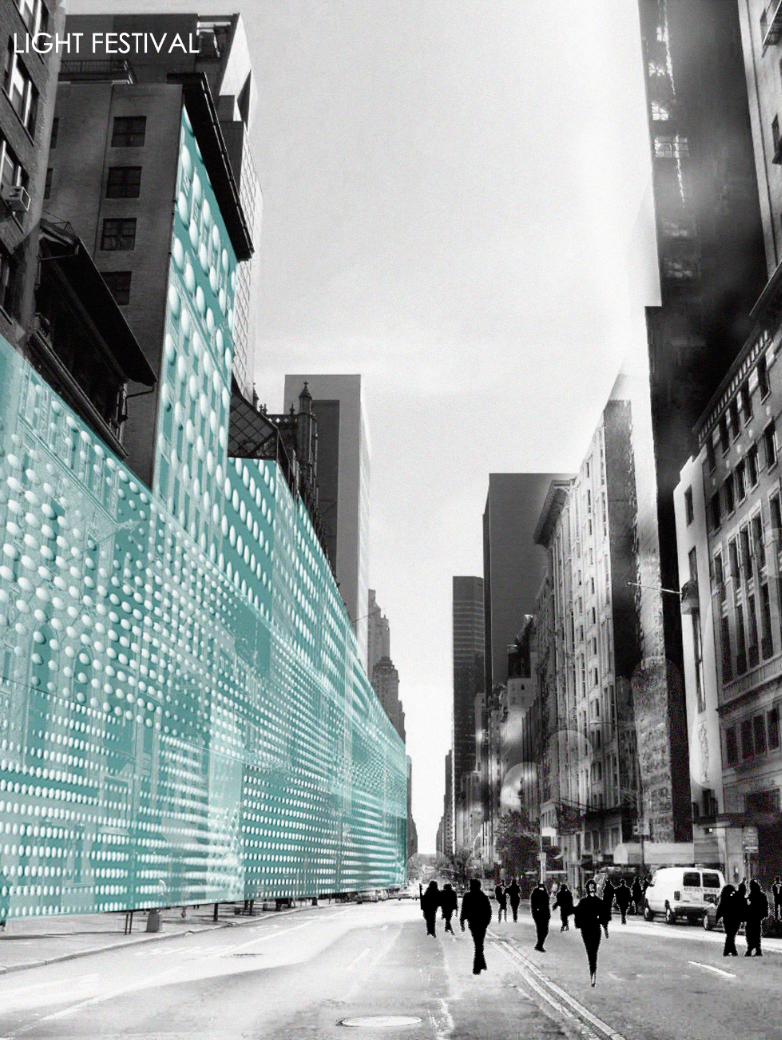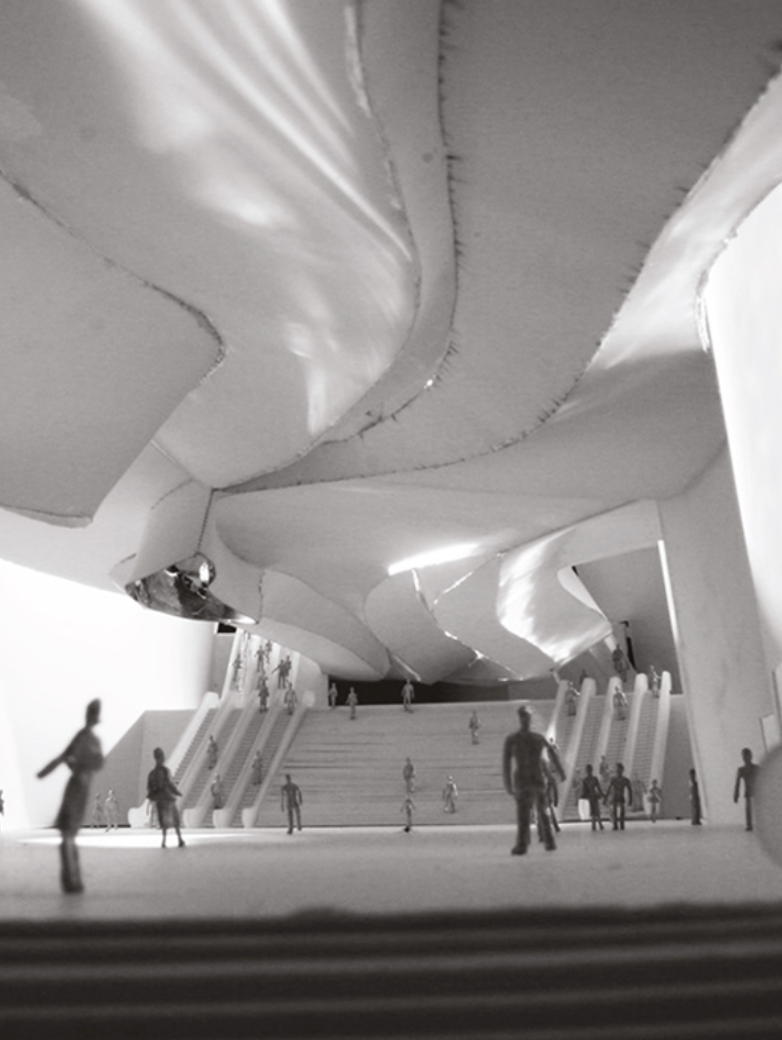2024 - DeLIGHT for children
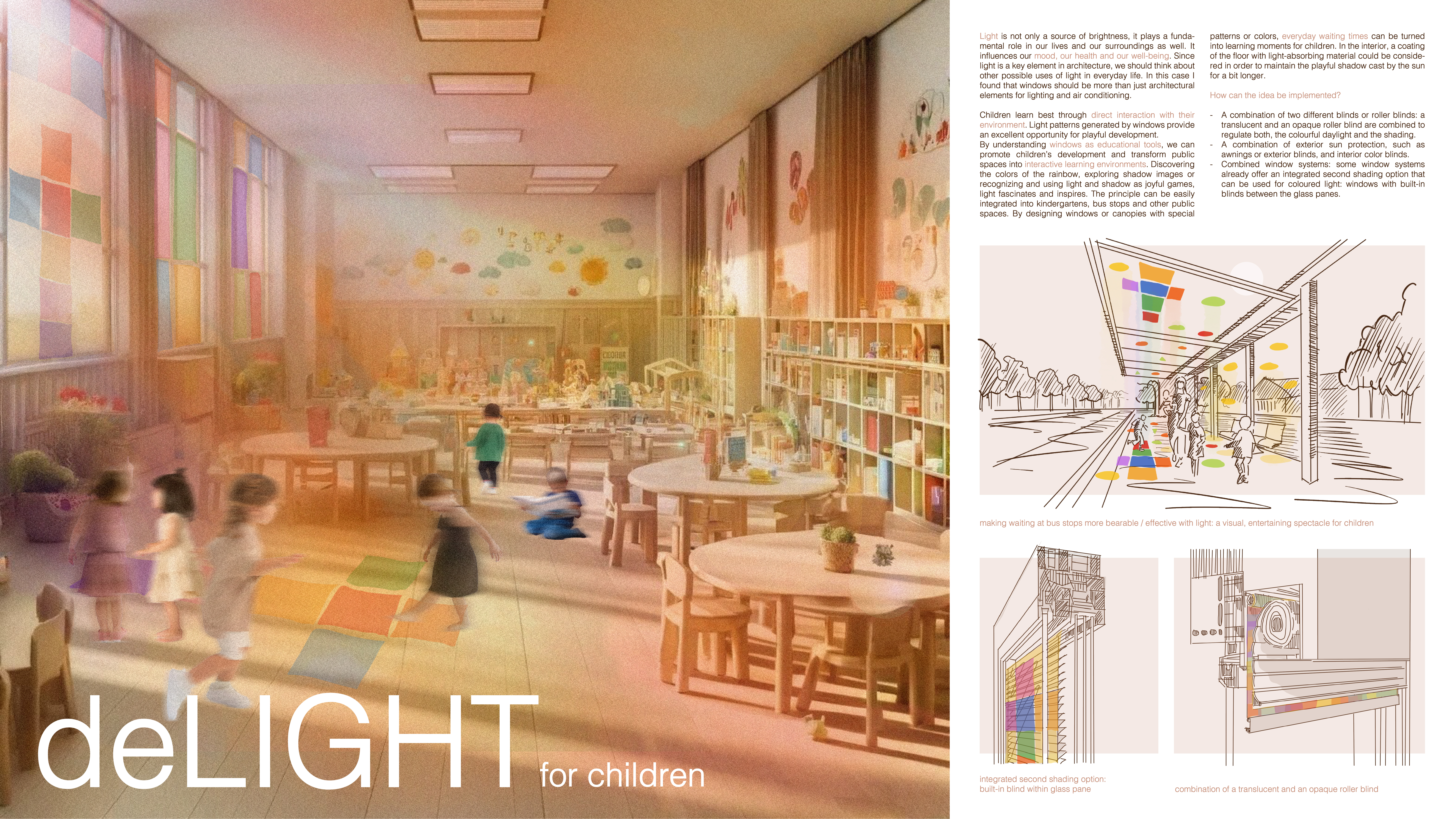
Category
Daylight in Buildings - Region 1: Western Europe
Students
Ilka Hanser
Teacher
Scott W. Pollock
School
Jade University of Applied Sciences
Country
Germany
Download
Download project board
Light is not only a source of brightness; it plays a fundamental role in our lives and surroundings. It influences our mood, health, and well-being. Since light is a key element in architecture, we should consider other possible uses of light in everyday life. Windows, for instance, should be more than just architectural elements for lighting and air conditioning.
Children learn best through direct interaction with their environment. Light patterns generated by windows provide an excellent opportunity for playful development. By understanding windows as educational tools, we can promote children’s development and transform public spaces into interactive learning environments. Discovering the colors of the rainbow, exploring shadow images, or recognizing and using light and shadow as joyful games, light fascinates and inspires. This principle can be easily integrated into kindergartens, bus stops, and other public spaces. By designing windows or canopies with special patterns or colors, everyday waiting times can be turned into learning moments for children. Indoors, a coating of the floor with light-absorbing material could maintain the playful shadow cast by the sun for a bit longer.
How can the idea be implemented?
